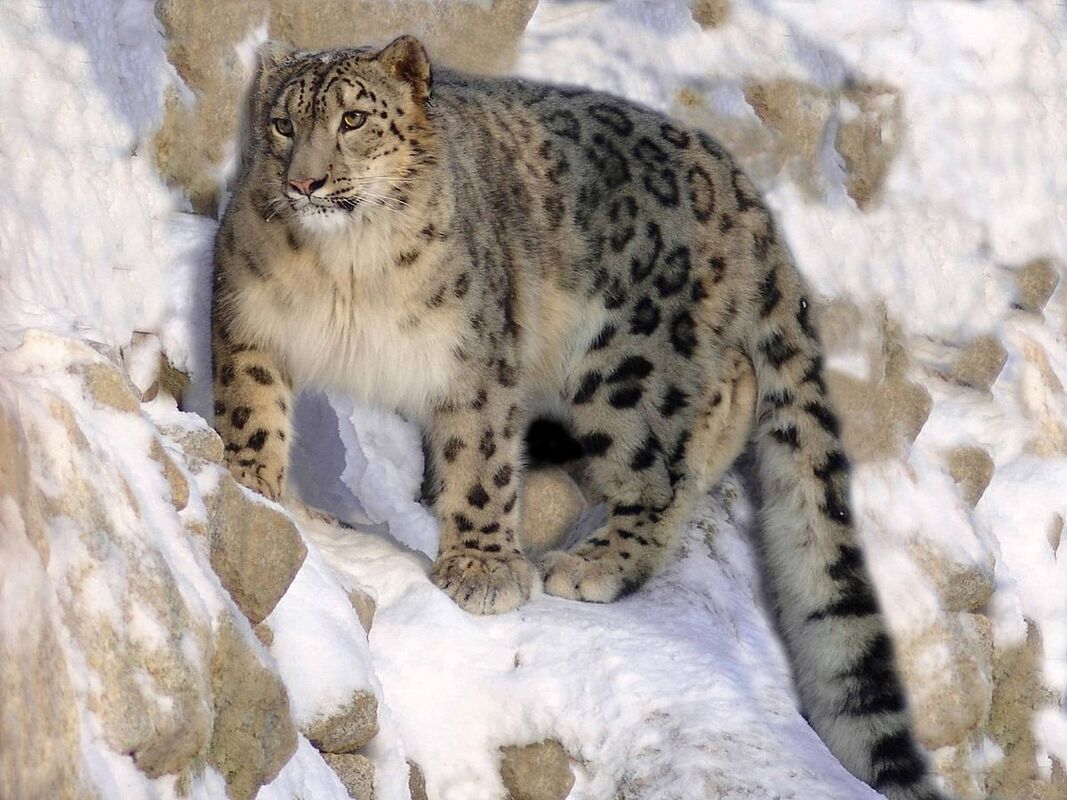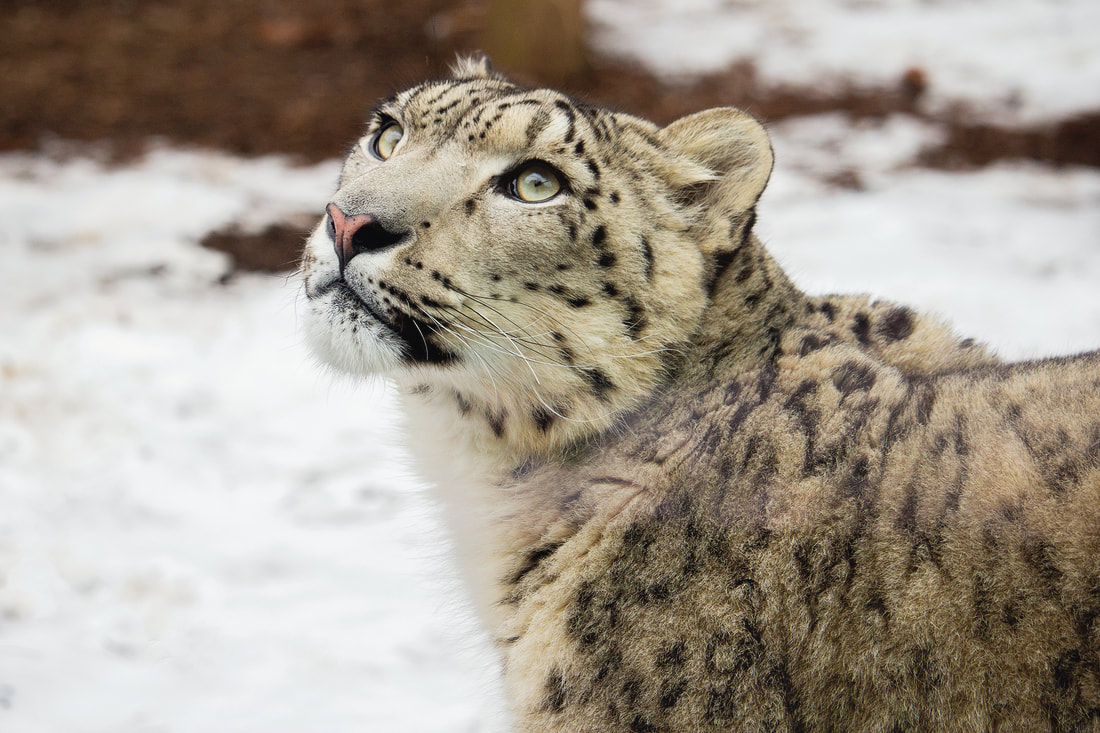|
In this week’s blog post, we are going to do something different. We will travel to the far reaches of the world to learn more about exotic animals that live among us. This week we are looking at the ‘Ghosts of the Mountains’ or Snow Leopards. Let's dive deep into the lives of these majestic creatures of the mountain, where they live, what they hunt for food, and how one can go about photographing them. Habitat Snow Leopards are found in the high-altitude regions of Central Asia, including the Himalayas, the Tibetan Plateau, and the Altai Mountains. They are well-adapted to their harsh environment, with a thick coat of fur that helps them to survive in temperatures that can drop as low as -40 degrees Celsius. Their large, furry paws are also designed to help them navigate through deep snow, while their long, powerful tail helps them to maintain balance and stability on steep and rocky terrain. Snow leopards can be found in countries like Afghanistan, Nepal, China, India, and Pakistan as well as in some central Asian countries like Kazakhstan, Kyrgyzstan, Mongolia, Tajikistan, Uzbekistan, and even Russia. One thing to keep in mind is that they are a rare and elusive species and are found only in remote and inaccessible areas. They like to stay away from settlements, so finding that can be a challenge. Hunting Pattern and Behavior Snow leopards are carnivorous and mainly feed on wild sheep and goats, but they have also been known to hunt other small mammals such as marmots, hares, and pikas. They are highly skilled hunters, capable of taking down prey that is much larger than themselves. Snow leopards are typically active during dawn and dusk. This is the time of the day when you’ll have a chance to spot one. Photographing Snow Leopards You’ll have a good chance to photograph a snow leopard if you keep your distance. This way there is no chance of spooking it or causing it to behave dangerously. For that, you’ll need to photograph from a distance. A 300mm to 400mm lens is a good starting point, but if you can afford it, a 500mm or 600mm lens will give you even better results. Also use a sturdy tripod to keep your camera steady and avoid camera shake, which can result in blurry images. As previously mentioned, Snow leopards are typically active during dawn and dusk, so you'll need to use a high ISO setting to capture sharp images in low-light conditions.
Photographing snow leopards requires a lot of patience, as they are elusive and may take a while to appear. Be prepared to spend long hours waiting and watching, and be ready to react quickly when you see a snow leopard. Use the Urban Jungle Photo Editor to unleash your creativity. Download it now for free on the Apple app store. Follow us on Facebook and Instagram to stay up to date on upcoming exciting new features. You can also get your pictures featured on our page if you use the #UrbanJungleApp.
0 Comments
Leave a Reply. |
Urban JungleWith Urban Jungle elements at your fingertips, the possibilities are endless. CategoriesArchives
March 2023
|
Follow |
Urban Jungle |
|



